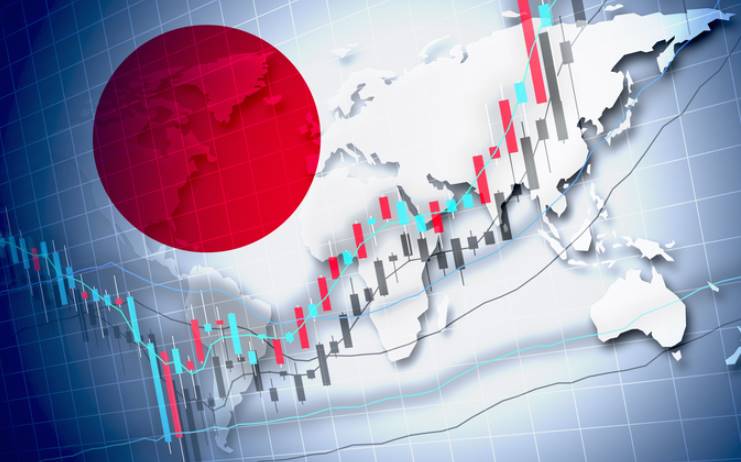Japan’s economy posted a strong recovery in the second quarter of 2023, growing at an annualized rate of 6% as exports and tourism picked up amid easing pandemic restrictions. The world’s third-largest economy had contracted by 1.1% in the previous quarter due to a resurgence of COVID-19 cases and a state of emergency.
Exports and tourism drive growth
One of the main drivers of Japan’s economic growth in the April-June period was the increase in exports, which rose by 3.2% from the previous quarter. Japan’s auto industry, which had suffered from a global chip shortage and supply chain disruptions, saw a rebound in demand from overseas markets, especially China and the US. Japan also benefited from the recovery of its trading partners, such as the European Union and Southeast Asia, which boosted its exports of machinery, electronics, and chemicals.

Another factor that contributed to Japan’s growth was the recovery of inbound tourism, which had been severely affected by the pandemic. As travel restrictions eased and vaccination rates improved, Japan welcomed more foreign visitors, especially from China and South Korea. Tourism revenue, which is counted as part of exports in GDP data, increased by 18.5% from the previous quarter, according to the Japan Tourism Agency.
Private consumption remains weak
Despite the positive signs from external demand, Japan’s domestic demand remained weak in the second quarter, as consumers continued to be cautious about spending amid the pandemic. Private consumption, which accounts for more than half of Japan’s GDP, fell by 0.5% from the previous quarter. Household spending on services, such as dining out, entertainment, and travel, declined due to social distancing measures and voluntary restraints. Consumer confidence also remained low due to concerns about the virus variants and the slow pace of vaccinations.
Public demand, which includes government spending and public investment, rose by 0.3% from the previous quarter, reflecting the stimulus measures taken by the government to support the economy. However, the impact of public spending was limited compared to previous quarters, as some of the fiscal measures had already been implemented or exhausted.
Outlook and challenges
The second-quarter GDP data showed that Japan’s economy was gradually recovering from the pandemic-induced slump, but also highlighted the challenges it faced in achieving a sustained and balanced growth. The outlook for the third quarter is uncertain, as Japan is currently facing another wave of COVID-19 infections and has extended the state of emergency to several prefectures until September 12. The ongoing health crisis could dampen consumer sentiment and business activity, as well as disrupt the supply chains and production.
Some analysts also think that Japan’s central bank may face pressure to normalize its monetary policy in light of the global inflationary pressures and rising bond yields. The Bank of Japan has maintained an ultra-easy monetary policy for years, with negative interest rates and massive asset purchases, to stimulate the economy and fight deflation. However, some economists argue that such a policy is no longer effective or sustainable, and that the central bank should consider raising interest rates or tapering its stimulus.
Japan also has to deal with its long-term structural problems, such as its aging and shrinking population, its low productivity and innovation, and its high public debt. These issues could hamper Japan’s potential growth and competitiveness in the post-pandemic era.





















